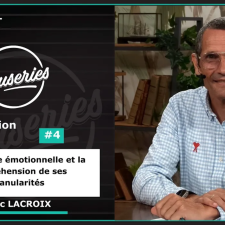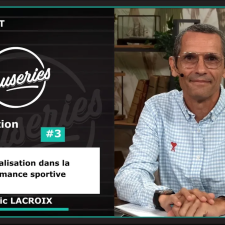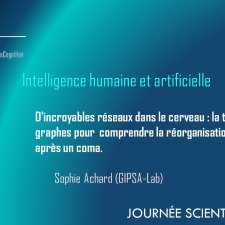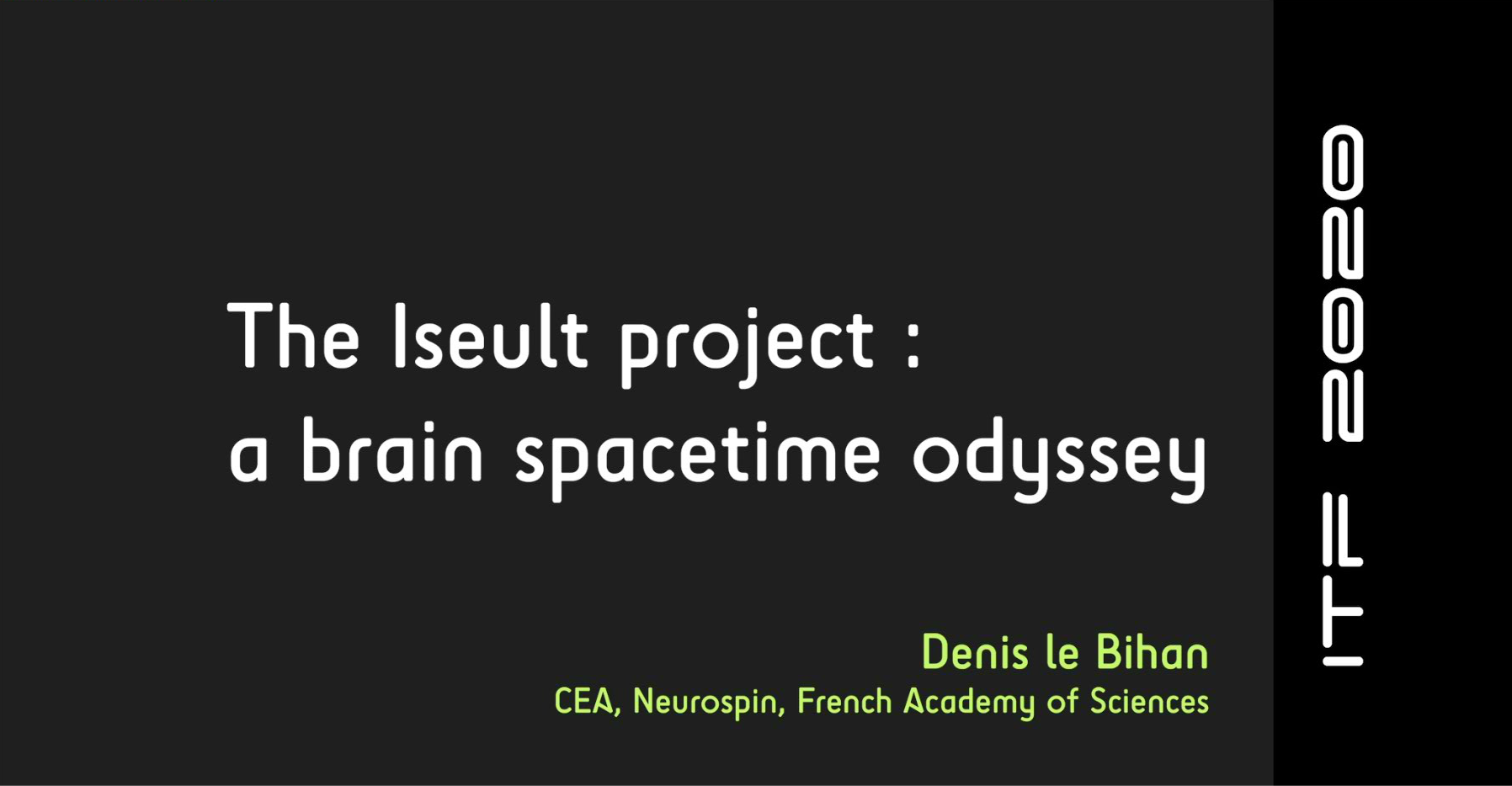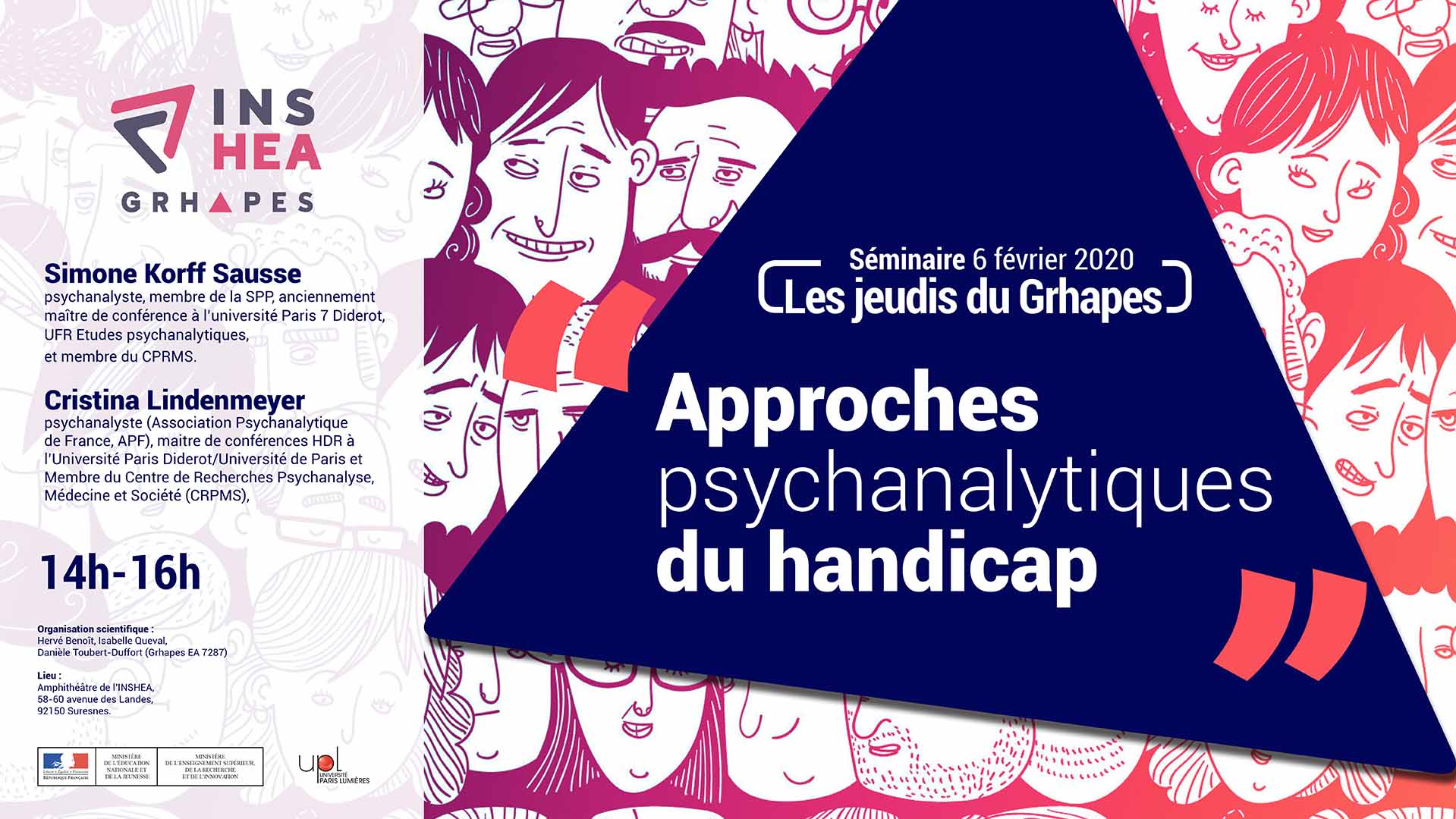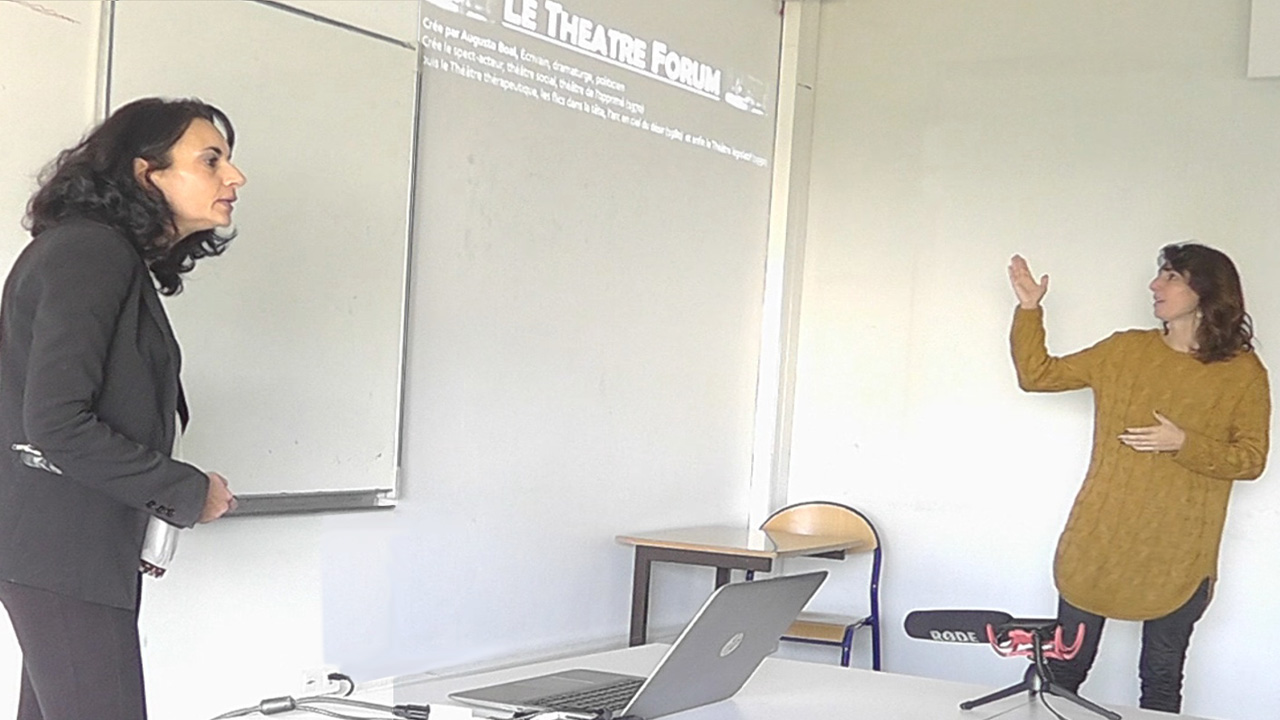Notice
Reconnaissance d’objets, une problématique résolue ? / Has object vision been solved?
- document 1 document 2 document 3
- niveau 1 niveau 2 niveau 3
Descriptif
The ability of humans to identify and categorize objects in complex natural scenes has long been thought to be beyond the capacities of artificial vision systems. However, recent progress in Deep Learning and Convolutional Neural Networks has demonstrated that simple feed-forward processing architectures composed of less than 10 layers of neurons can achieve human levels of performance in object recognition tasks. It is interesting to note that such processing architectures have a very similar structure to the primate visual system. Could it be that we are close to understanding how our brains recognize stimuli? I will argue that the main problem with the current state of the art in computer vision is that the learning procedures used are totally unrealistic. Essentially, building such a system requires hundreds of millions of training cycles of supervised learning. By contrast, our own visual systems can learn new stimuli in a few tens of presentations. I will suggest that more biologically realistic learning mechanisms based on spike-based processing and Spike Time Dependent Plasticity (STDP) may be much closer to the way our own visual systems operate, and allow our visual systems to learn about objects in the visual world on the basis of experience.
Intervention / Responsable scientifique
Thème
Documentation
Liens
Sur le même thème
-
Diplôme Universitaire - Apprendre à apprendre
Présentation de la formation
-
L'exploration mentale #4 – Intelligence émotionnelle et la compréhension de ses granularités
LacroixÉricPorlierChristopheL'exploration mentale #4 – Intelligence émotionnelle et compréhension de ses granularités
-
L'exploration mentale #3 – La visualisation dans la performance sportive
LacroixÉricPorlierChristopheL'exploration mentale #3 – La visualisation dans la performance sportive
-
The coldness of the stone and the lightness of the bird: a memorial garden for the victims of Novem…
AccarainMadeleineTalk by Madeleine ACCARAIN (Wagon Landscaping, Paris), as part of the workshop "Memory, Place, and Material Culture", organized by John SUTTON, 2022-2023 research fellow at the Paris IAS, Emeritus
-
mark edmonds, building and belonging: architecture and memory in neolithic orkney
EdmondsMark R.SuttonJohnTalk by Mark EDMONDS, (Archeologie, York), in the context of the workshop "Memory, Place, and Material Culture", organized by John SUTTON, 2022-2023 research fellow at the Paris IAS, Emeritus
-
La théorie des graphes pour comprendre la réorganisation cérébrale après un coma.
AchardSophieLa théorie des graphes pour comprendre la réorganisation cérébrale après un coma.
-
Topological insights in neuroscience
Hess BellwaldKathrynOver the past decade, and particularly over the past five years, research at the interface of topology and neuroscience has grown remarkably fast. Topology has, for example, been successfully applied
-
Consommation ou sobriété : comment notre cerveau nous permet de choisir ?
GranonSylvieAu cours de cet exposé nous verrons comment les connaissances actuelles sur le fonctionnement cérébral et la prise de décision permettent d’expliquer comment se font les choix, leur diversité et ce
-
The Iseult project : a brain spacetime odyssey
Over the past ten years, Bio-Imaging translational research has experienced an unprecedented expansion: ten years of challenges, collaborations, success stories and significant advances, thanks
-
le langage totalitaire
Une théorie qui se prétend totalement explicative est une théorie totalitaire. Le langage est alors organisé autour d'une seule référence, qu'elle soit religieuse, laïque ou scientifique. Le chef, le
-
Les jeudis du Grhapes : Cristina Lindenmeyer
LindenmeyerCristinaDétail des interventions de la huitième séance du séminaire de recherche « Les jeudis du Grhapes » 2019-2020 « Altérité(s) et société inclusive » 6 février 2020 : « Approches psychanalytiques
-
Apprendre à apprendre : alliance des neurosciences et du Théâtre-Forum, un test d'approche multimod…
Morato-LallemandFrançoiseGrangetteLaurèneUne étude de l’OVE, publiée en avril 2009, recensant les différentes situations d’abandon des étudiants à l’université montre que, dans une large majorité de cas, les étudiants sont en difficulté



